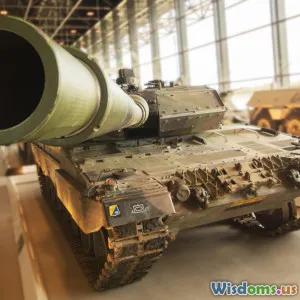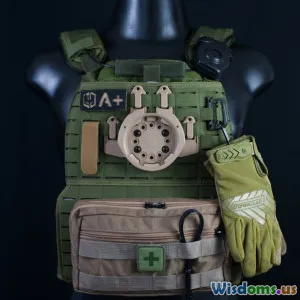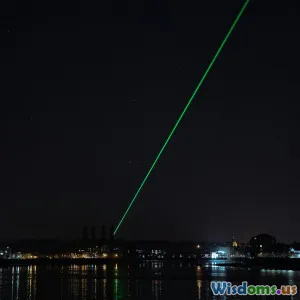
Why Navy Ships Are Investing in Powerful Laser Systems
31 min read How directed-energy weapons help Navy ships counter drones, missiles, and swarms with low cost-per-shot, scalable power, and precise beam control, transforming maritime defense and fleet survivability. (0 Reviews)
The world’s navies are facing a math problem. Drones and inexpensive precision weapons are proliferating faster than ships can carry, buy, or reload missiles. In recent conflicts and tense maritime corridors, destroyers have used million-dollar interceptors to stop threats that cost a fraction of that. This is not sustainable in a long campaign or even a prolonged crisis with dense threat swarms. That hard truth—not just science fiction—is why navies are investing in powerful laser systems.
A laser at sea does not replace every missile or gun. It offers a new tier in layered defense: a speed-of-light, precise, deep-magazine tool to strip away the cheap and numerous threats that would otherwise exhaust a ship’s missiles. The logic is operational as much as technological: lasers buy breathing room, save expensive magazines for what truly demands them, and impose a new cost calculus on adversaries. Here’s how and why that shift is unfolding.
The Cost and Capacity Crunch at Sea

On today’s sea lanes, the cost-exchange ratio favors the attacker. Consider a few realities:
- Cheap swarms change the game: Small, low-cost aerial drones and uncrewed surface vessels (USVs) can be built for thousands to tens of thousands of dollars. They can carry cameras, jammers, or explosive payloads. A saturation attack of dozens—or hundreds—can overwhelm defenses designed for a handful of high-end missiles.
- Interceptors are expensive and finite: Shipboard interceptors like SM-2/SM-6, ESSM, RAM, or Sea Ceptor are incredibly capable but each shot can cost from hundreds of thousands to several million dollars. Magazines are limited and reloads at sea are difficult and risky, often impossible during combat.
- Operational tempo strains magazines: In the Red Sea and other contested zones, warships have engaged numerous drones over weeks and months. In that scenario, preserving high-end missiles for the most dangerous threats becomes a priority. A low-cost-per-shot layer helps the math.
Lasers help reverse the economics:
- Near-zero cost per shot: Once installed, a laser consumes electricity and has relatively low consumables cost. Navies commonly frame cost-per-shot in single or low double digits of dollars (electricity plus wear), versus six to seven figures for a missile.
- Deep magazine: A laser “magazine” is the ship’s power and cooling capacity. As long as the ship can generate and reject heat, the weapon can keep engaging. That’s a fundamentally different paradigm than counting physical missiles in cells.
- Speed-of-light engagements: There is no time-of-flight in the traditional sense. This matters for fast or maneuvering small targets where reaction time is limited.
The strategic value is not that a laser can do everything; it’s that it cheaply handles the many lower-end threats that would otherwise drain premium weapons and attention.
What a Shipboard Laser Actually Does

A high-energy laser on a ship is essentially a precision heat-delivery system. It projects a tightly controlled beam of light at a target to cause effects ranging from sensor dazzling to structural damage.
Key building blocks (high-level, non-technical):
- Power source: Gas-turbine generators or integrated electric power systems supply electricity. For a 60–150 kW laser (today’s common range at sea), the total power draw including cooling may be several times the beam power.
- Laser generator: Most current naval systems use fiber-laser architectures combining many beams into one. The quality of that combined beam determines how well energy stays concentrated at distance.
- Beam control: Advanced optics and stabilization keep the spot on a moving target across a moving sea state. Adaptive optics can compensate for turbulence; fast gimbals and inertial sensors fight ship motion.
- Thermal management: The byproduct of high-energy laser operation is heat. Chilled-water loops and seawater heat exchangers carry it away. In warm tropical waters, heat rejection is harder, reducing duty cycle.
- Effects chain: Depending on power and dwell time (how long the beam stays on target), lasers can blind or saturate an optical sensor (non-lethal dazzling), burn through drone skins, ignite fuel or electronics, or disable structures like control surfaces.
What lasers don’t do well—yet—is blunt high-speed cruise missiles in all weather at long range. Atmospheric absorption, haze, and dwell-time requirements still limit that mission to the most advanced, high-power systems under development. For now, lasers excel at counter-drone (C-UAS) and counter-small-boat roles within a few kilometers to the horizon, and at counter-ISR tasks that stop hostile surveillance without kinetic effects.
Recent Milestones at Sea

Naval laser programs have moved beyond lab benches to real decks:
- USS Ponce (Afloat Forward Staging Base): Nearly a decade ago, the U.S. Navy deployed an early 30 kW-class Laser Weapon System (LaWS) on USS Ponce for operational evaluation, demonstrating engagements against small boats and drones. It proved the basic utility and safety case.
- USS Portland (LPD-27): The Navy’s Laser Weapon System Demonstrator (LWSD) Mk 2 Mod 0, roughly in the 150 kW class according to public statements, conducted high-energy engagements against drones starting in 2020. These tests validated that shipboard power and cooling could sustain higher power levels and that the system could be integrated with ship combat systems.
- HELIOS on destroyers: In 2022, the first High Energy Laser with Integrated Optical-dazzler and Surveillance (HELIOS) unit was installed on a U.S. Navy Arleigh Burke-class destroyer for fleet integration. HELIOS combines a high-energy laser for hard-kill against small drones and an optical dazzler for counter-ISR.
- ODIN dazzlers: The Optical Dazzling Interdictor, Navy (ODIN), a non-lethal system, has been deployed across multiple U.S. destroyers. It targets and disrupts hostile electro-optical sensors—useful in the gray zone where you want to deny surveillance without firing a missile.
- Germany’s F124 Sachsen demonstrator: The German Navy tested a laser weapon demonstrator at sea in 2022, engaging drones in a series of trials with industry partners. It showed European progress in shipboard directed energy.
- UK DragonFire: The UK’s DragonFire laser achieved precision trials in 2024, with the government emphasizing very low cost-per-shot and plans to accelerate sea integration. While details are still maturing, it’s a clear signal of commitment.
These milestones show a trend: capability is moving from proofs-of-concept toward operationally relevant power levels, integration with combat systems, and doctrine development.
Where Lasers Fit in the Layered Defense
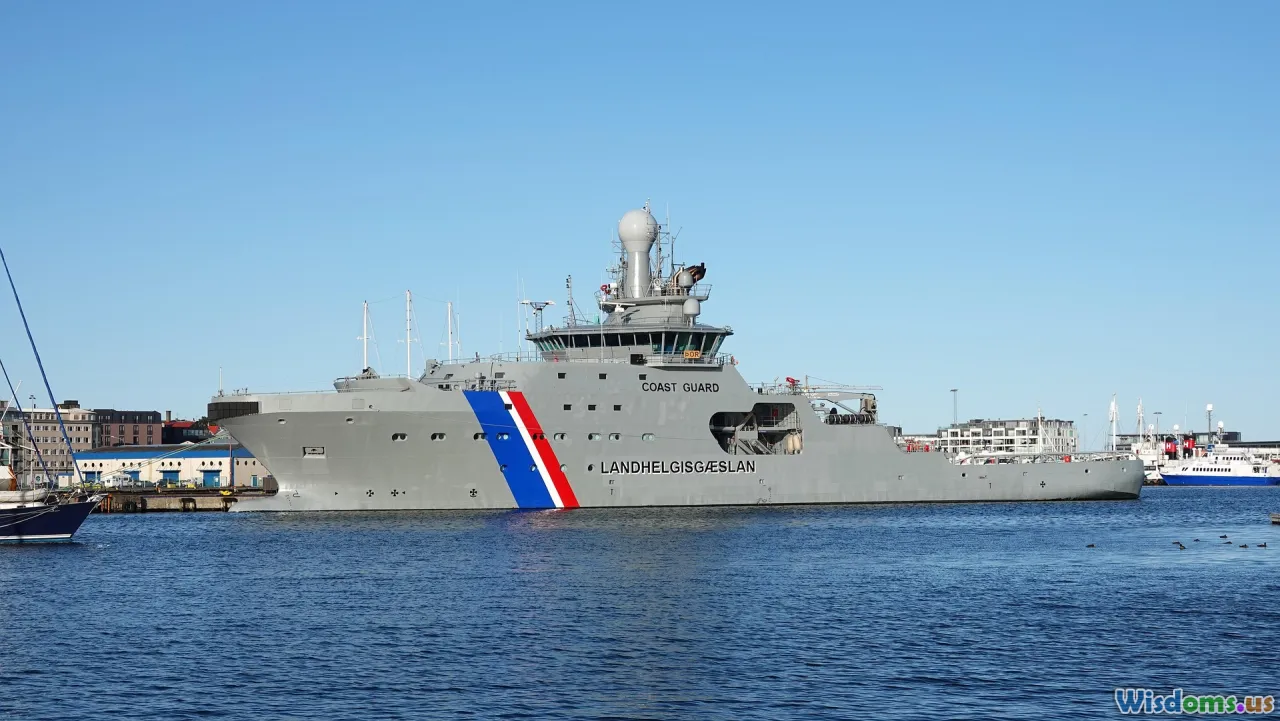
Think of ship defense as concentric rings:
- Outer layer: Long-range sensors and interceptors (e.g., SM-6, Aster 30) to kill high-end threats early.
- Mid layer: Medium-range missiles and electronic warfare to handle leakers and complex raids.
- Inner layer: Guns (CIWS), short-range missiles (RAM/SeaRAM), decoys, and now lasers.
Lasers slot into the inner layer with two primary roles:
- Counter small uncrewed systems: They can disable ISR drones, quadcopters, fixed-wing Group 2/3 UAS, and small USVs—targets that would otherwise be costly to kill with missiles or which can evade gunfire in sea clutter.
- Magazine protection and triage: In a prolonged engagement, lasers preserve missile inventory. The combat system prioritizes: lasers for cheap/close targets in benign weather; guns or short-range missiles when weather is poor or the target is hardened; long-range missiles only for the most dangerous threats.
A crucial benefit: lasers provide proportionality options. Non-lethal dazzling disrupts hostile surveillance without escalation; a hard-kill beam disables an inbound drone without debris falling inland. That flexibility is valuable in congested littorals and politically sensitive waters.
How Navies Build the Business Case for Lasers (A Practical Framework)

Program managers and fleet planners can evaluate laser adoption with a structured approach:
- Threat mapping
- Quantify drone and USV density by theater. Model peak swarm sizes and arrival rates.
- Characterize sensors, materials, and flight profiles. Not all threats require the same power or dwell time.
- Cost-exchange analysis
- Compare expected engagements to missile and gun inventories. Estimate how many engagements per patrol will be wasted on low-end threats without a laser.
- Model cost-per-shot using ship electricity costs and maintenance overhead. A few dollars per shot vs. six figures changes fleet economics.
- Platform power and cooling audit
- Inventory available electrical margins under combat load (radars, communications, hotel services).
- Assess thermal rejection in warm vs. cold waters. Determine duty cycle and sustainable shots per hour.
- Integration and doctrine
- Define how the laser interfaces with combat systems (e.g., Aegis, CMS-330). Ensure track/ID and weapons assignment logic are robust.
- Write rules of engagement for dazzling vs. hard-kill to support proportional effects.
- Maintenance and lifecycle planning
- Forecast optics cleaning in salt spray environments.
- Budget for component replacement intervals and software updates.
- Training and safety
- Establish safe lasing arcs and eye-safety protocols.
- Simulate cluttered maritime scenes—fishing fleets, neutral aircraft—to train discrimination and minimize collateral.
- Phased capability roadmap
- Start with counter-ISR/dazzling and Group 1–3 UAS defense at tens of kW.
- Grow to 100–300 kW for tougher targets and more range as power/cooling upgrades allow.
This method helps align technology with missions and budgets rather than fielding lasers as gadgets in search of a problem.
Power and Cooling: The Hidden Work of Shipboard Lasers

Behind a neat turreted window on deck lies an engineering story. Lasers are only as effective as the ship’s ability to power and cool them.
- Electrical generation: Traditional gas-turbine ships have fixed ship-service generators sized for sensors, weapons, and hotel loads. Adding a 60–150 kW laser may require careful load management or upgrades. Future ships with integrated electric propulsion and larger generators offer headroom to scale.
- Power quality and stability: High-energy lasers prefer stable voltage and frequency. Power conditioning units and energy storage (e.g., flywheels or capacitors) can smooth transients caused by rapid beam power changes or ship maneuvering.
- Thermal management: Waste heat often exceeds the optical output by several multiples. Chilled-water systems move heat to seawater via heat exchangers. Performance depends on seawater temperature and fouling; tropical operations can reduce sustained firing rates.
- Space and weight: Lasers demand space for optics benches, power supplies, and cooling. Retrofitting legacy ships means trading space with other mission gear; new-builds can allocate volume from the start.
A practical rule for planners: don’t treat beam power as the only number that matters. The end-to-end system—power, conditioning, beam control, cooling—determines real-world lethality and endurance.
Weather, Physics, and Practical Limits

Laser beams propagate through the atmosphere, not a vacuum, and the maritime atmosphere is unforgiving.
- Attenuation and scattering: Fog, rain, sea spray, and aerosols absorb and scatter light. At some conditions, effective range shrinks dramatically.
- Thermal blooming: Energy heats the air along the beam path, distorting it and reducing focus on the target, especially at higher powers.
- Turbulence and jitter: A moving ship in waves introduces pointing errors. Adaptive optics and precise gimbals help, but the physics never goes away.
- Dwell time: Unlike a missile that detonates on proximity, a laser often needs to hold the spot on a vulnerability long enough to cause an effect. Rotating or reflective surfaces complicate this.
The upshot: lasers are weather-dependent. Smart doctrine pairs them with guns and missiles, and with non-kinetic options like electronic warfare, so commanders always have a viable engagement method regardless of weather.
Countermeasures and the Cat-and-Mouse Dynamic

Adversaries adapt. Expect these countermeasures—and plan responses:
- Reflective or ablative coatings: Can delay heating but rarely eliminate it. Lasers can compensate with longer dwell or higher power within safe ROE.
- Spin or maneuver: Rotating airframes or rapid jinks reduce dwell on a single spot. Beam directors and tracking algorithms counter with predictive pointing.
- Distributed swarms: More targets than the laser’s engagement rate can handle. This is where layering with guns and short-range missiles is critical.
- Sensor hardening: If the goal is non-lethal dazzling, adversaries may shield or filter optics. Hard-kill beams remain an option if ROE allows.
This dynamic mirrors electronic warfare: iterative cycles of measure and countermeasure. The advantage of lasers is agility—software updates and improved beam control can yield rapid capability gains without redesigning a whole missile.
Procurement Landscape and Programs to Watch
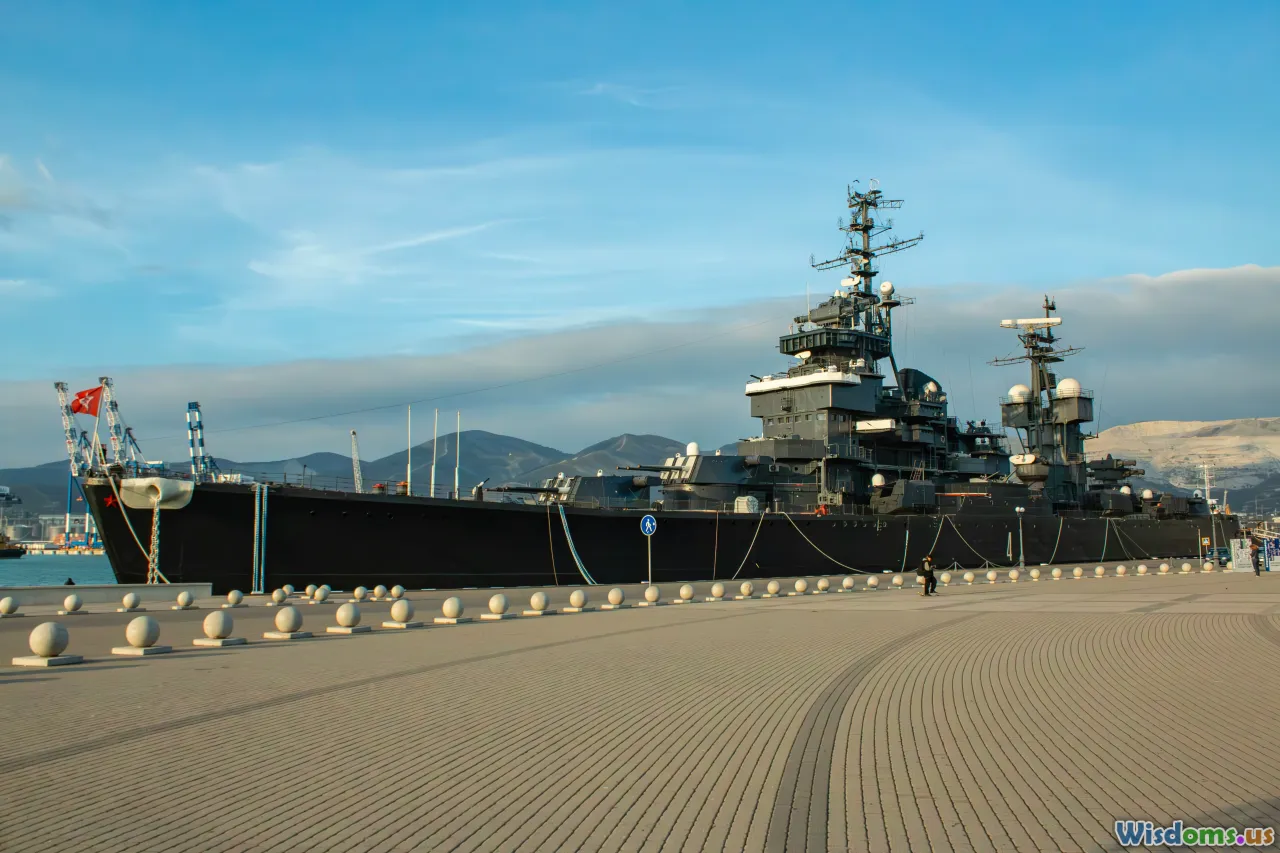
Several navies are actively moving laser programs from test to fleet use:
- United States: The Navy has fielded ODIN for counter-ISR and installed HELIOS for integrated C-UAS capability on a destroyer, while continuing trials with higher-power demonstrators like LWSD. The focus is on improving power scaling, integrating with Aegis, and developing doctrine for layered defense.
- United Kingdom: The DragonFire consortium demonstrated precision shots in 2024. The government has signaled intent to accelerate operationalization, with a strong cost-per-shot narrative to offset missile expenditures in sustained operations.
- Germany: A shipboard demonstrator on F124 Sachsen validated engagements against drones; further work aims at maturing a deployable system.
- Israel: Land-based high-energy lasers for short-range air defense (e.g., programs often discussed publicly as “Iron Beam”) are maturing. Maritime adaptation is a logical future step given Israel’s naval threat environment.
- Japan and others: Several Pacific navies are investing in directed energy and high-power microwaves for counter-drone missions, with an eye toward sea-based integration in the next few years.
Industry trends worth noting:
- Fiber-laser scaling: Combining many fiber channels improves power while maintaining beam quality—important for shipboard size/weight constraints.
- Software-defined lethality: Improvements in tracking, aimpoint selection, and atmospheric compensation are as decisive as raw power gains.
- Modular mounts: Above-deck turrets and containerized modules reduce integration risk for retrofits, letting navies add capability incrementally.
Comparing Lasers, Missiles, Guns, and High-Power Microwaves

Each tool has a niche. The right question is not “which is best?” but “which is best for which target, in which weather, at what cost?”
- Lasers
- Strengths: Speed-of-light precision, low cost-per-shot, deep magazine, proportional effects (dazzling), minimal collateral.
- Limits: Weather dependence, line-of-sight only, reduced effectiveness against hardened or very fast targets without high power and excellent beam control.
- Missiles
- Strengths: Long range, all-weather variants, high lethality against complex threats.
- Limits: Expensive, finite magazine, reload constraints, collateral concerns when engaging small targets near non-combatants.
- Guns/CIWS
- Strengths: High rate of fire, reliable in many weather conditions, proven against close-in threats.
- Limits: Ammunition logistics, barrel wear, potential collateral damage from stray rounds, difficulty with very small or low-signature drones.
- High-Power Microwaves (HPM)
- Strengths: Potential to disrupt electronics across a volume, useful against swarms.
- Limits: Maturation and integration still emerging at sea; effects can be variable and scenario-dependent.
A layered defense that blends all four is more resilient than any single option alone.
Operational Tips for Commanders Integrating Lasers

From early deployments and exercises, several actionable practices are emerging:
- Use lasers early against low-end threats: Engage drones at maximum effective range to avoid crowding the inner layer and to preserve CIWS ammunition.
- Pair with ISR and identification discipline: Ensure positive ID before hard-kill. Dazzling is a valuable non-lethal first step when rules permit.
- Manage heat like a magazine: Track cumulative firing time and water temperatures. Rotate engagements among multiple mounts if available to maintain tempo.
- Train for clutter: Practice engagements over fishing fleets, port approaches, and mixed airspace. Update aimpoint libraries as new drone designs appear.
- Synchronize with EW: Jam links and GPS to slow or expose drones while the laser engages. Combined effects increase kill probability.
- Log and learn: Record engagement telemetry—atmospheric data, dwell times, aimpoints—to refine tactics and feed software updates.
These are not one-time lessons; they evolve with new threats and system updates.
Safety, Law, and Responsible Use
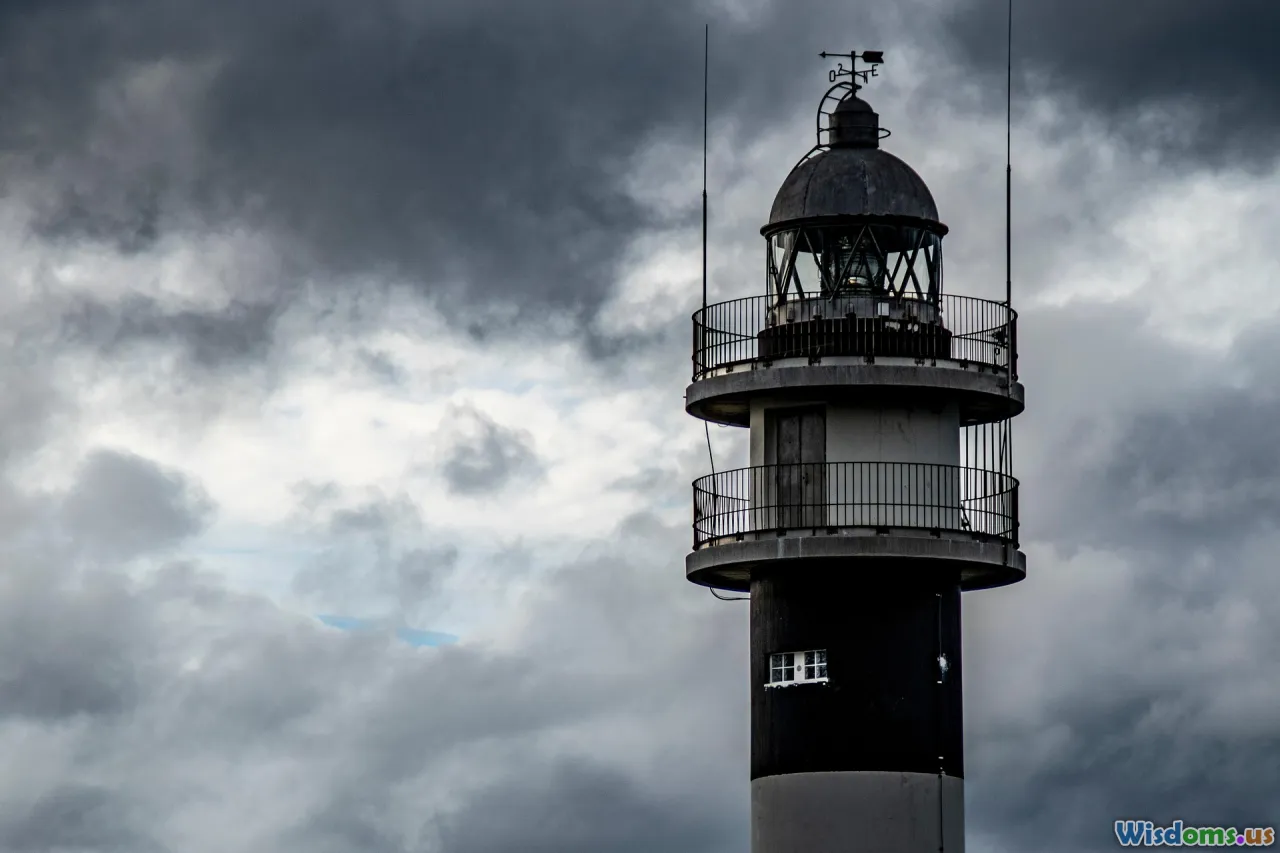
Directed-energy weapons invoke unique legal and safety considerations:
- Eye safety and no-lasing zones: Ships establish controlled arcs and minimum safe distances, especially near friendly or neutral traffic.
- International law: Protocols prohibit weapons designed to cause permanent blindness to personnel. Naval laser programs emphasize counter-ISR and material defeat, adhering to legal and ethical norms.
- Collateral management: Lasers can reduce debris compared to kinetic kills, but commanders still consider where a disabled drone might fall. Non-lethal dazzling is often preferred in crowded littorals when permissible.
- Training and certification: Operators undergo specific certification for laser safety, integration with combat systems, and ROE compliance.
Responsible use is essential to maintain legitimacy and avoid unintended harm, especially in the gray zone below armed conflict.
Myths vs. Realities of Naval Lasers
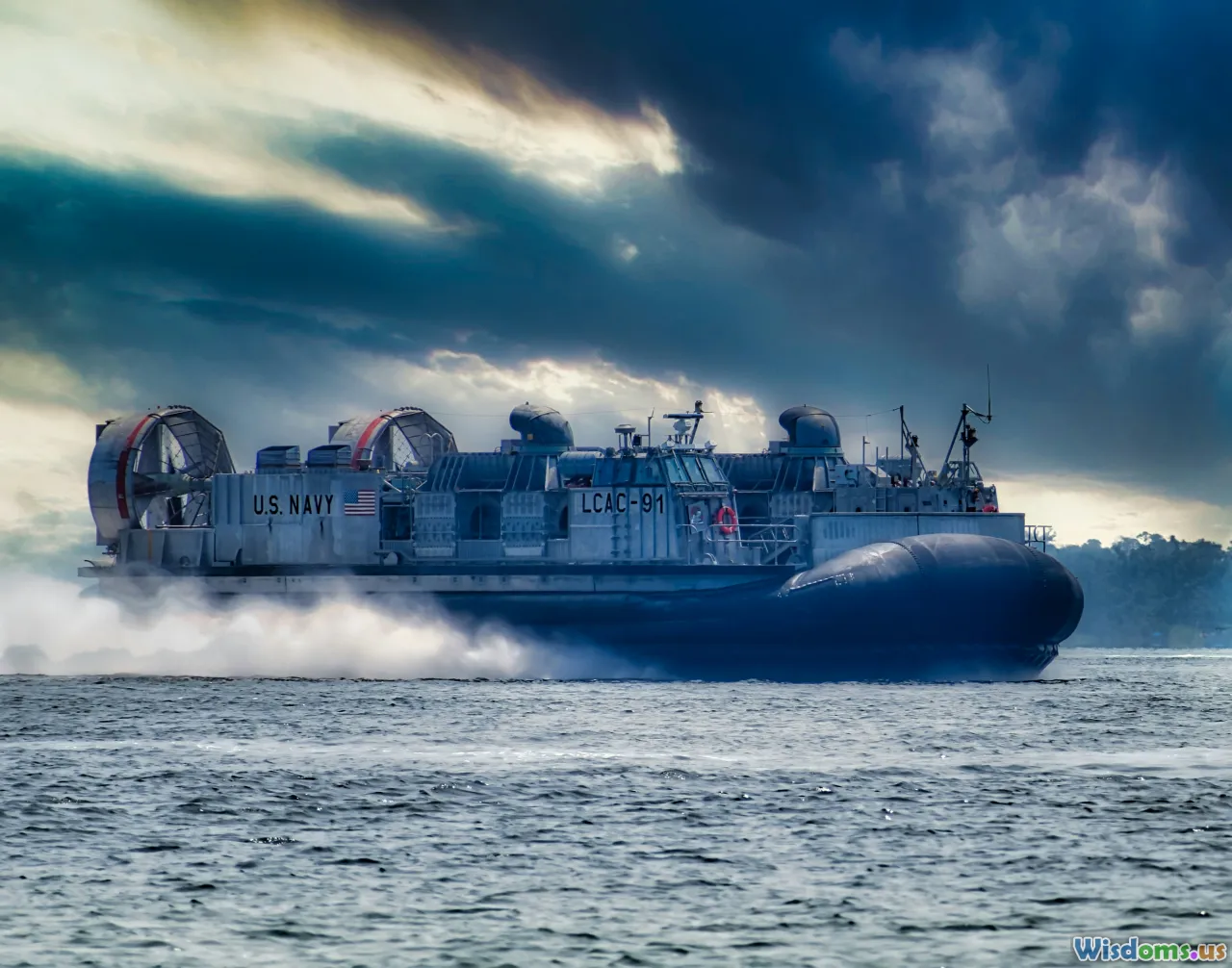
- Myth: Lasers will replace missiles.
- Reality: Lasers complement missiles. They are best for short-range, lower-end threats and magazine management. Missiles remain essential for long-range, all-weather, high-end threats.
- Myth: Lasers are unstoppable.
- Reality: Weather, aerosols, and turbulence can degrade performance. Smart adversaries can force unfavorable conditions.
- Myth: Any ship can just bolt on a laser.
- Reality: Power, cooling, and integration are non-trivial. Retrofitting may mean trade-offs; new ships can plan from the keel up.
- Myth: Lasers are too weak to matter.
- Reality: Even current 60–150 kW systems can disable many drones and small boats under typical conditions, and power levels are rising.
Setting correct expectations helps focus investment on the missions where lasers deliver the most value.
The Human Element: Training, Maintenance, and Culture
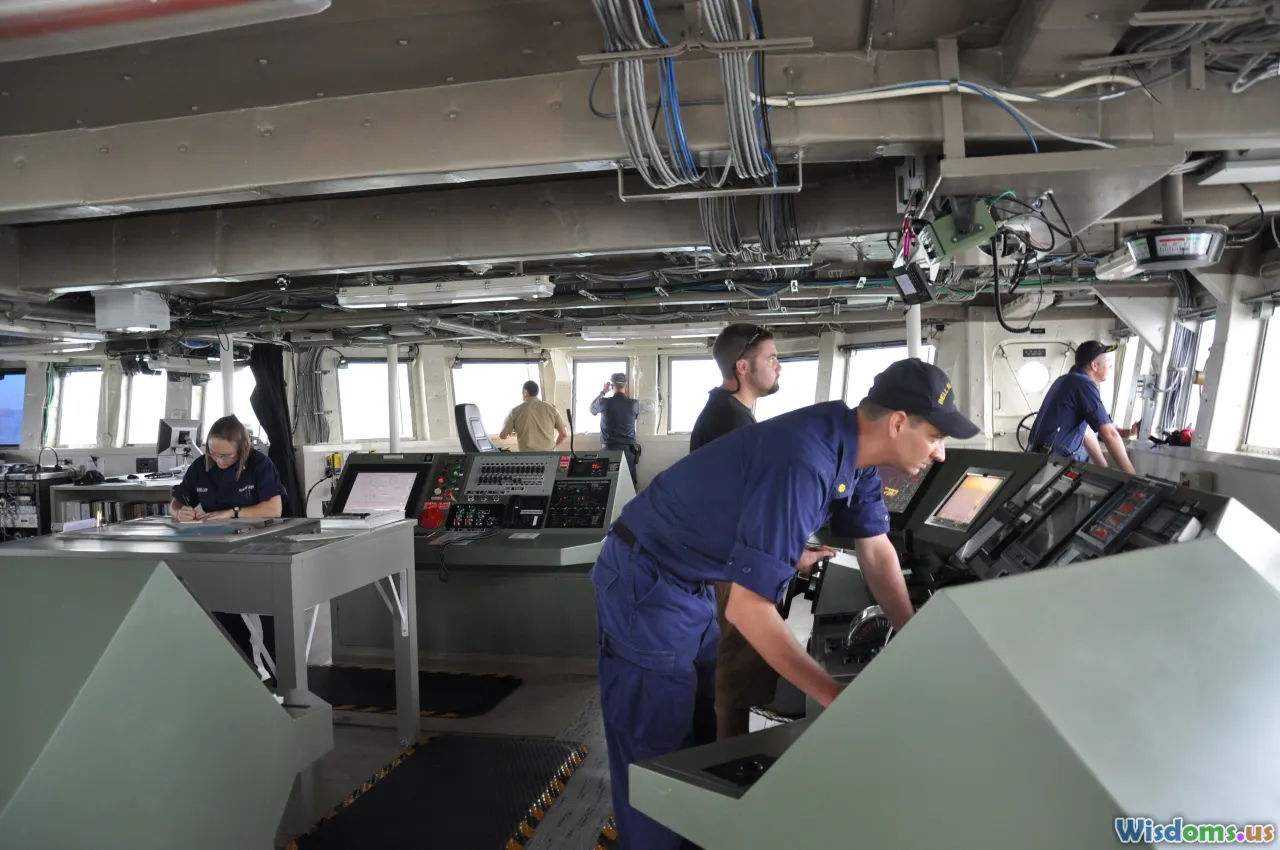
Technology only matters if crews can use and sustain it:
- Training: Operators learn to select aimpoints, manage dwell time, and understand atmospheric effects. Watch teams adjust tactics as software updates refine capabilities.
- Maintenance: Salt spray and marine growth challenge optics and cooling systems. Routine cleaning, alignment checks, and corrosion control are part of the battle rhythm.
- Culture: Adoption accelerates when crews see lasers solving real problems—saving missiles, reducing collateral, and improving confidence against drone swarms. Transparent metrics help: number of engagements handled by laser, missiles saved, hours of uptime.
Investing in people is as important as investing in power and optics.
Designing for Tomorrow: Keel-Up Integration
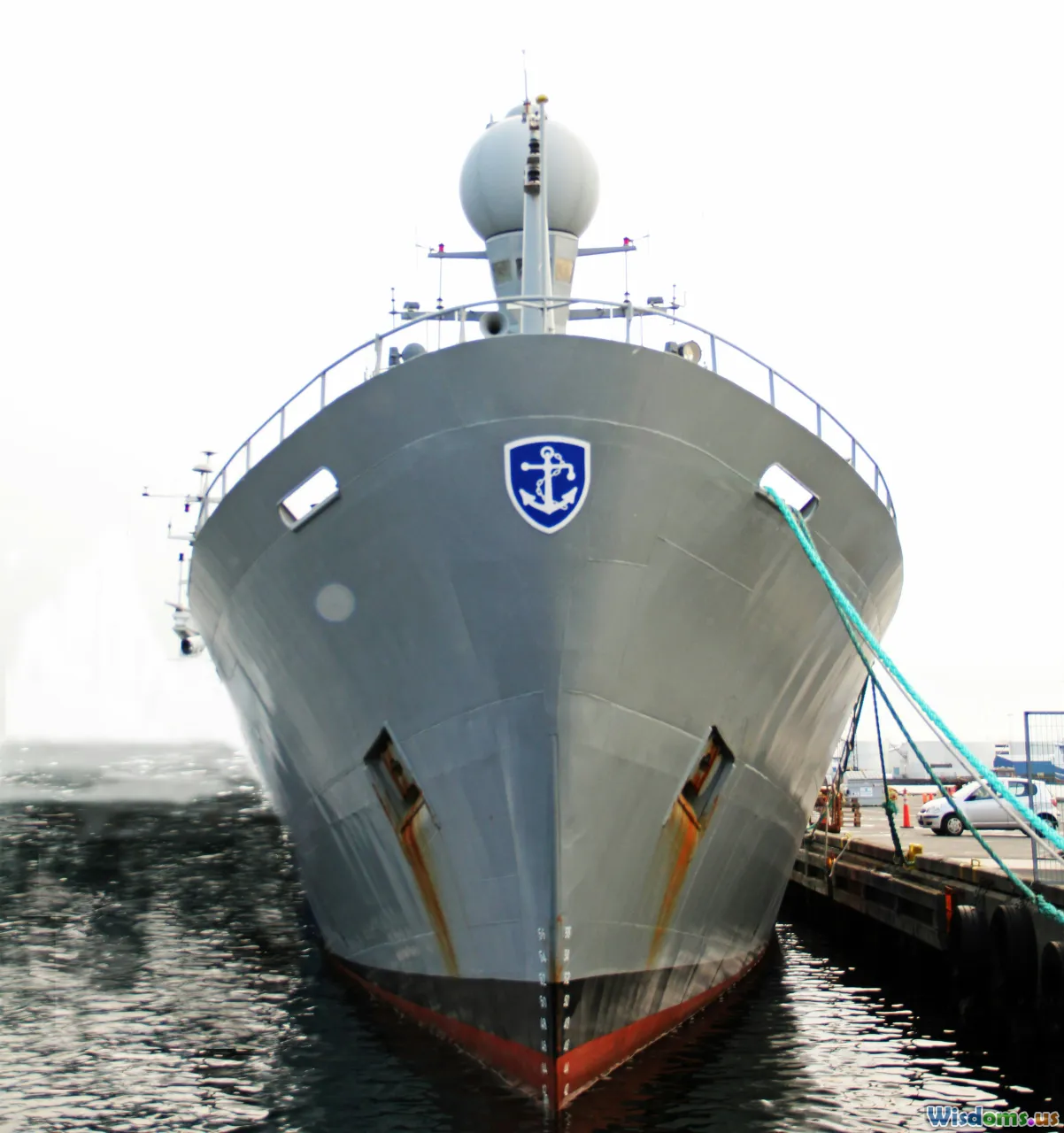
New warship designs can unlock more of what lasers offer:
- Integrated electric power: Larger, more flexible generation supports higher beam powers and simultaneous radar, propulsion, and hotel loads.
- Thermal headroom: Bigger chilled-water plants and smart heat exchangers maintain duty cycles in warm seas.
- Structural alignment: Dedicated deck locations minimize beam path obstructions and allow ideal fields of regard.
- Digital backbone: High-bandwidth, cyber-secure networks connect sensors, combat systems, and laser fire control for faster, automated engagements.
By designing with lasers in mind, navies avoid painful retrofit compromises and enable growth to higher-power systems in the 300–500 kW class.
A Realistic Roadmap: 2025–2035

Based on public programs and technology trends, a reasonable path looks like this:
- Near term (now–2027): Widespread deployment of tens-of-kW to ~150 kW lasers for C-UAS, counter-ISR, and small-boat defense. Integration with combat systems standardizes cues, safety, and ROE. More ships receive dazzlers as a baseline.
- Mid term (2027–2031): Scaling toward 300 kW-class systems on ships with sufficient power and cooling. Improved beam control and atmospheric compensation extend effective range and reduce dwell times. Doctrine matures for mixed-weather layering and automated assignments between lasers, guns, and missiles.
- Longer term (2031–2035): Select platforms capable of higher-power lasers approach the threshold for engaging some classes of cruise missiles under favorable conditions. Cross-domain networking allows multiple ships to share tracks and coordinate engagements, optimizing who fires what, when, and with which effect.
This is evolution, not revolution. Each step adds resilience against the most common and economically disruptive threats.
Strategic Payoff: Buying Time, Flexibility, and Deterrence
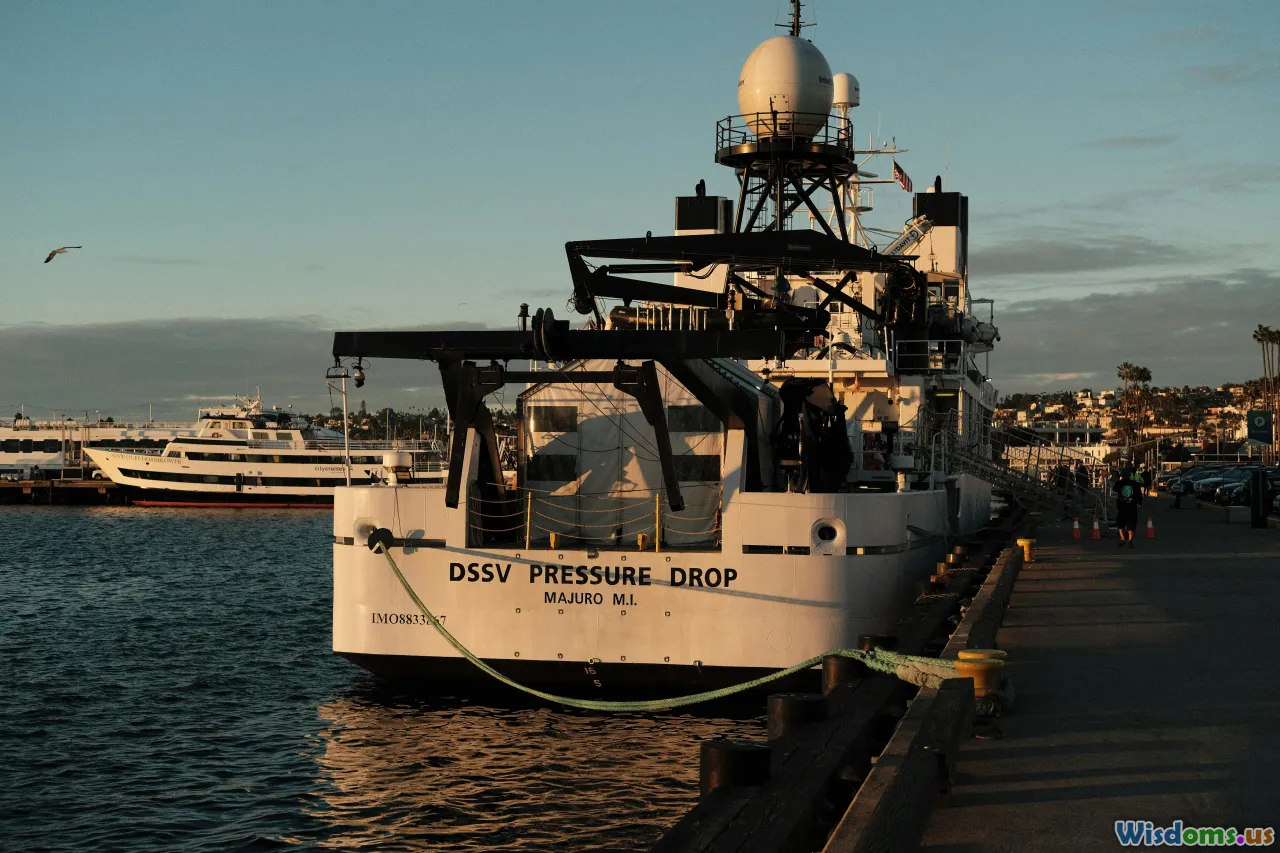
The case for naval lasers comes down to three strategic dividends:
- Time: In a sustained crisis, lasers extend how long a ship can fight before needing resupply. They slow the rate at which magazines deplete.
- Flexibility: Commanders can tailor effects—from dazzling sensors to disabling a drone—matching proportionality and minimizing collateral.
- Deterrence: When adversaries know their cheap swarms will be attrited at low cost, their calculus changes. They must invest more in survivable platforms or accept fewer effects per dollar.
Navies don’t invest in lasers because they are futuristic. They invest because they are practical—an answer to today’s cheap, numerous, and persistent threats that stress traditional defenses. With thoughtful integration, training, and steady power/thermal improvements, lasers will become a routine part of the maritime protection toolkit.
The horizon is not a science-fiction glow but a pragmatic glow of engineering: beams that quietly save missiles for when they’re truly needed, keep shipping lanes safer in contested waters, and give crews another lever to manage risk and cost. As fleets modernize, that combination of speed, precision, and economy is exactly the advantage sailors need.
Rate the Post
User Reviews
Other posts in Directed Energy Weapons
Popular Posts














